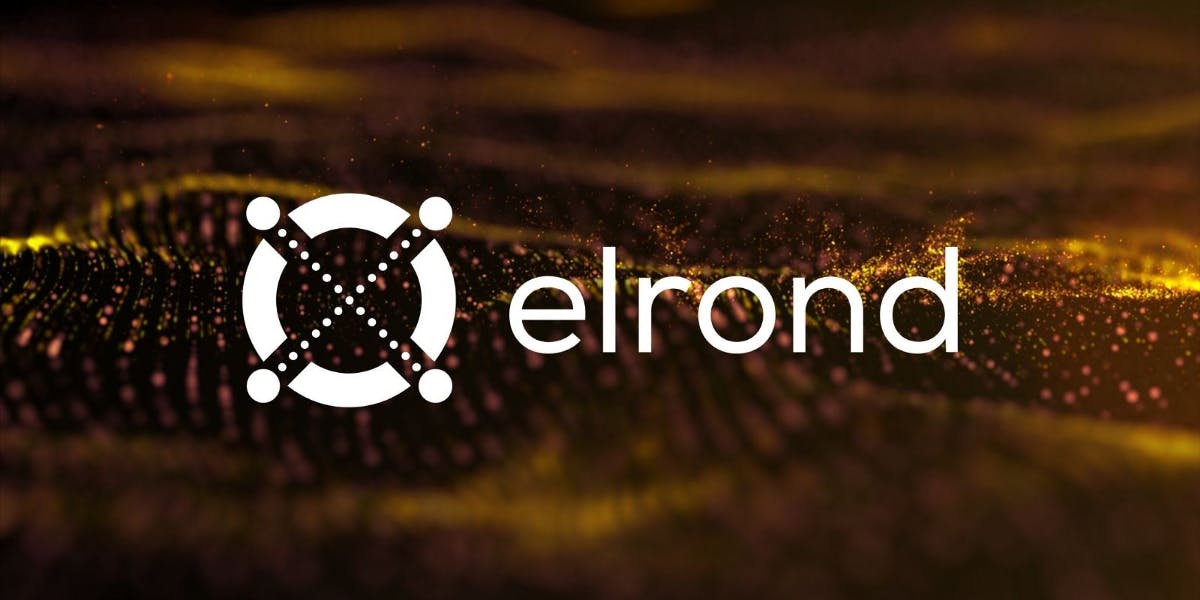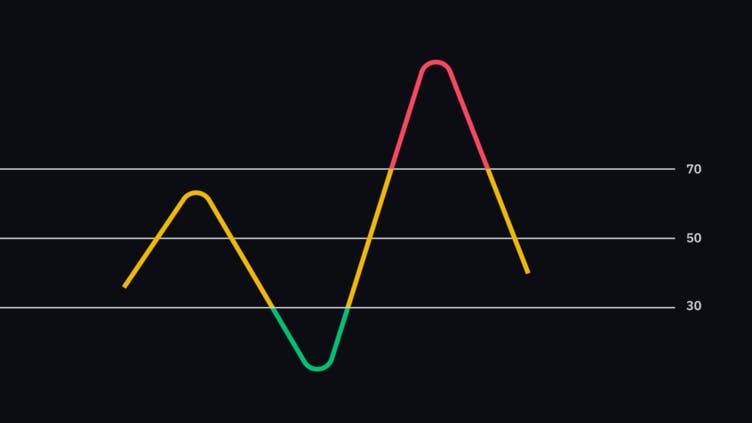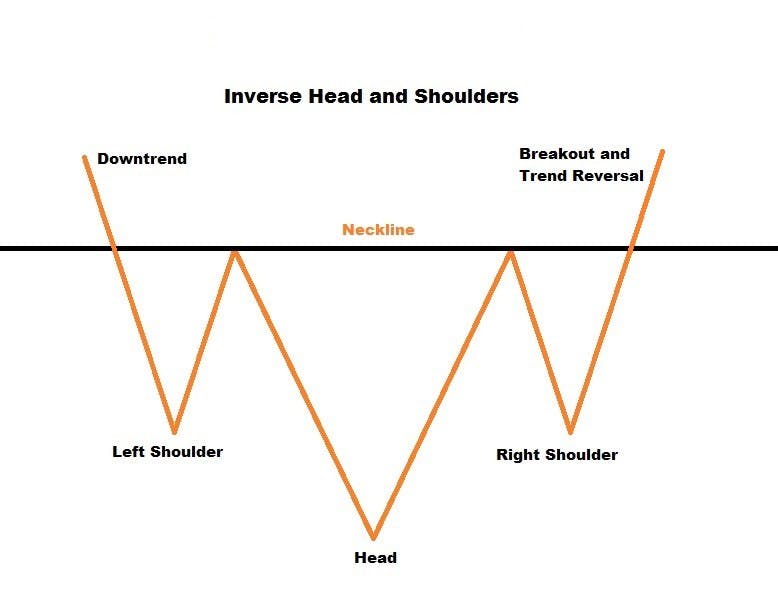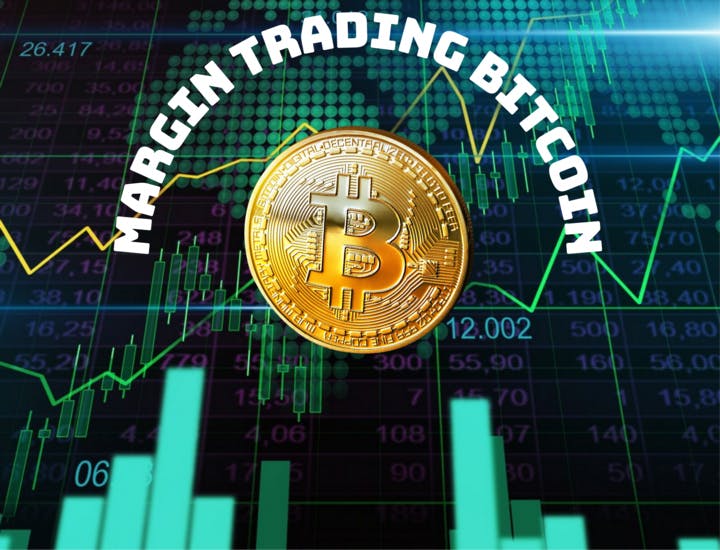
- All
- Tools
- Analytics
- Technical Analysis
- Trading
- Blockchain
- DeFi
- Guides
- Company News
- Educational
- Opinion
- Price Predictions
- Market News
- News
- Trading cases
- Practical guides
- Exchanges
- Trading signals
- Cryptocurrency
- Crypto bots
- Other
Become a crypto master
Learn everything about crypto,
trading and bots

Elrond Network: Better, Faster, Stronger
Start Trading on 3Commas Today
Get full access to all 3Commas trading tools with free trial period

Leading blockchain developers are working hard to solve the scalability and throughput issues commonly found on all crypto networks. As an example, Ethereum network fees are as high as $50 at around 15 transactions per second, making it one of the most expensive blockchains to initiate transactions and make payments.
This is the reason why Elrond blockchain developers are creating an environment capable of processing up to 15,000 transactions per second, which is 10,000 times faster than what Ethereum network can offer today. Developing the blockchain with an innovative approach in mind and new architecture in place allows the project to fill the missing piece in the emerging Internet economy. With tons of opportunities, no boundaries and limitations, Elrond sure looks like the most promising and popular projects at the moment, an essential pawn for every crypto player.
Unique Features
Elrond is a blockchain, cryptocurrency and ecosystem for navigating in the new digital space marked by decentralization. The project is focused on creating a secure environment with a high level of scalability, security and privacy.
Along with Elrond its competition did not close an eye, there are other projects in the field of scalable, secure and efficient blockchain being developed, such as Ethereum, Zilliqa and Algorand which are trying to catch Elrond and its incredible number of transactions per second.
The blockchain features a modified Secure Proof of Stake (SPoS) consensus algorithm that protects the network from attacks and utilizes mechanisms that randomly select validating nodes to achieve consensus. The choice of nodes is affected by the number of locked tokens and the validator’s rating, which changes depending on his activity and compliance. In addition to validators, there are also two other node roles in the network:
- Observers : Regular users
- Fishermen : Users who verify the blocks offered by validators.
The increase in throughput is achieved through the use of adaptive sharding – a mechanism for distributing data among multiple nodes that allow each node in the network to process only a part of all transactions. A sufficient number of nodes, blockchain partitioning, and parallel transaction processing ensure a reliable level of network security and increase transaction processing speed.
It is also worth mentioning that Elrond’s blockchain is being developed with an WebAssembly ( WASM), an open-standard portable binary-code format that matches CPU architectures, allowing Rust, C, C++, Go, TypeScript & many others to compile to it unchanged.. This means that the development of the ecosystem uses existing solutions, which allow Elrond and Ethereum to continue interacting with each other in the future.
While sharding technology has the potential to improve blockchain efficiency and transaction processing speed, it has unique security considerations, such as the minimum economical cost for disrupting 1 shard is only 1/4 from the cost it would require to attack the entire, un-sharded chain.
The Elrond protocol mitigates this by randomly shuffling the Validators between each shard every 24 hours (1 epoch) – to reduce the available collusion time between potential attackers.
However, one should keep in mind that sharding is relatively new and is already showing tremendous potential through its unique process
There are $1.4 billion dollars currently staked, which would put the theoretical minimum for attempting such a disruption at ~$350 million
Mainnet
In the first testnet implementation in 2019, the network managed to process more than 12,000 transactions per second. In July 2020, following successful testnet trials, the main Elrond network was launched and now has more than 2,000 validators. Currently, more than 2.5 million transactions have been completed since its launch in 2020.
With the launch of Mainnet, the tokenomics of the project were also changed. Initially, Elrond ERD tokens were issued both on the Binance Chain and on the Ethereum blockchain. As of September 2020, ERD tokens in ERC20 or BEP2 formats can be exchanged for EGLD tokens – Elrond’s internal economy tokens, at a ratio of 1,000 ERD = 1 EGLD. Coins can be swapped on the Binance exchange or through a specially designed swap bridge on Elrond network and most recently on their phone app called Maiar
EGLD token
Elrond tokens can be used to pay transaction fees, storage fees or to deploy decentralized applications. EGLD is also used in betting, validator rewards, voting, and governance. In order to become a validator on the Elrond network, a minimum of 2,500 EGLD must be blocked.
The EGLD maximum supply is capped at 31.4 million EGLD. There are 21 million EGLD circulating right now, and the rest will be issued over the next 10 years. Importantly, transaction fees offset issuance, so the max amount will never be reached. Scarcity scales with adoption.
In addition to coin-staking on the Elrond network, users can delegate their tokens to validators using EGLD-enabled wallets. In this case, the annual profit of delegators is about 29% per annum, as they pay a commission to the validators, who receive about 36% per annum.
Elrond supports two types of delegation:
- Active delegation allows one to receive up to 36% per annum only if the validator to whom the tokens have been delegated receives a reward. Currently, this delegation method is not being used, and, therefore, the second type of delegation has been created.
- Waiting list delegation allows participants to receive a reward based on delegated amounts. In this case, delegates receive up to 20% per annum regardless of the validator’s reward.
Additionally, 5,000 tokens are distributed to all participants each week. With the next phase of the Elrond upgrade, the token delegation system will change: validators will be able to block amounts over EGLD 2,500, the number of nodes will be increased, and delegator yields will be reduced to 20% per annum.
Elrond ecosystem
With the launch of the main network, Elrond’s developers have set out to expand the ecosystem and integrate Elrond in popular platforms and projects. This contributes to the growth of the number of users, the expansion of opportunities to use Elrond’s blockchain, and the rise of the EGLD token’s value.
Projects benefiting from Elrond’s blockchain include, but not limited to:
- Samsung‘s blockchain wallet;
- Chainlink and Band Protocol oracles;
- ARPA confidential computing protocol;
- Ontology, which allows Elrond applications to access decentralized identity network;
- Bluzelle, which provides Elrond applications access to its data;
- xDai protocol, whose collaboration will enable token transfer between the Elrond network and Ethereum-compatible chains.
More information about the projects that have partnered with Elrond can be found at the Elrondpartners website.
Maiar
A mobile cryptocurrency wallet called Maiar was launched on the Elrond blockchain at the end of January 2021. The wallet securely generates a blockchain wallet in an automated manner, using a hash of the phone number. Anyone can get a wallet in a few seconds, and can secure it through the progressive security features.
The app connects to the Elrond mainnet, and to Ethereum and Binance Chain, where only ETH & BNB are respectively supported. BTC is coming in a future release.
To send EGLD tokens, you can use phone numbers or so-called “herotags” – simple names on the Elrond network that function through a DNS service. The app is designed to be used by ordinary users, its intuitive user experience enabels everyone, regardless of their background to access blockchain technology and cryptocurrencies.
Elrond & DeFi
Integration with decentralized finance protocols is one of the promising directions of Elrond ecosystem development. For example, the Zeroswap protocol uses Elrond’s blockchain to provide zero-commission transactions. Also, this partnership allows EGLD owners to access DeFi’s wide range of products and cutting-edge facilities
The integration of Orion Protocol‘s liquidity aggregator trading capabilities will allow Elrond to be used as a settlement platform for trading. Elrond is used to process transactions and provides users with smart contracts that are later used to create trade orders.
Another interesting factor is that Plotx Market Prediction Protocol’s partnership with Elrond allowed the participants take advantage of the blockchain’s lower transaction fees and higher throughput.This can only rejoice all the DeFi users looking for lower fees.
At the same time, Elrond allows its users to create Elrond Standard Digital Tokens (ESDT) that are as fast as the EGLD token. For example, a partnership with Bidao ( BID),will allow EGLD tokens to be used as collateral to produce a stable BAI coin that will be available on Elrond’s core network.
Conclusion
Since the launch of the core network, developers have been entering into about 5-8 partnership agreements monthly and this consecvent process isincreasing the value of both the platform and the token. High transaction speeds, scalability and smart contract capabilities make Elrond one of the most promising blockchains that can solve the high fees and low bandwidth problem we experienced in classic crypto networks.

A proven leader, successful at establishing operational excellence and building high-performance teams with a sharp focus on value creation and customer success.






